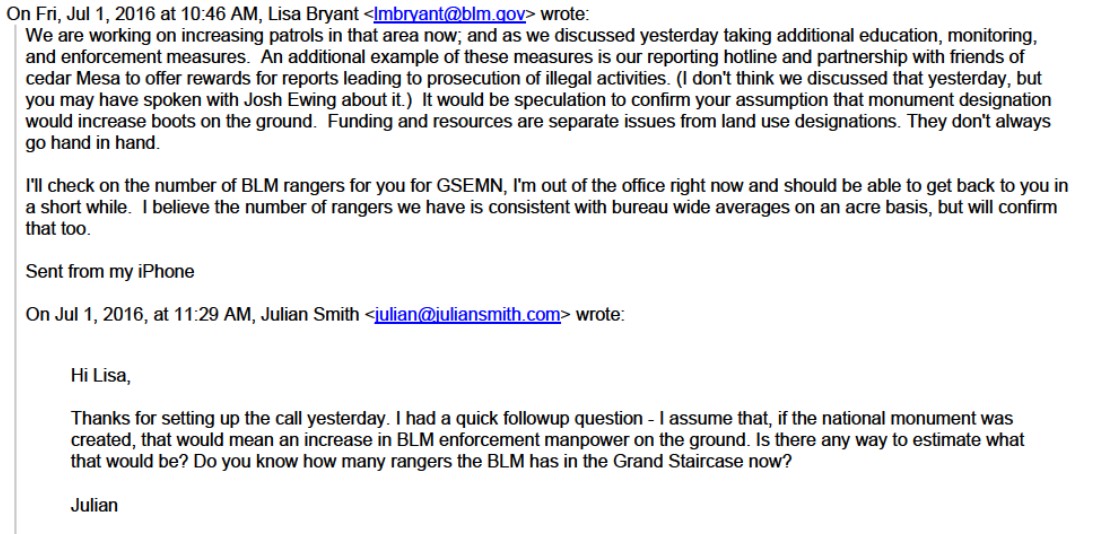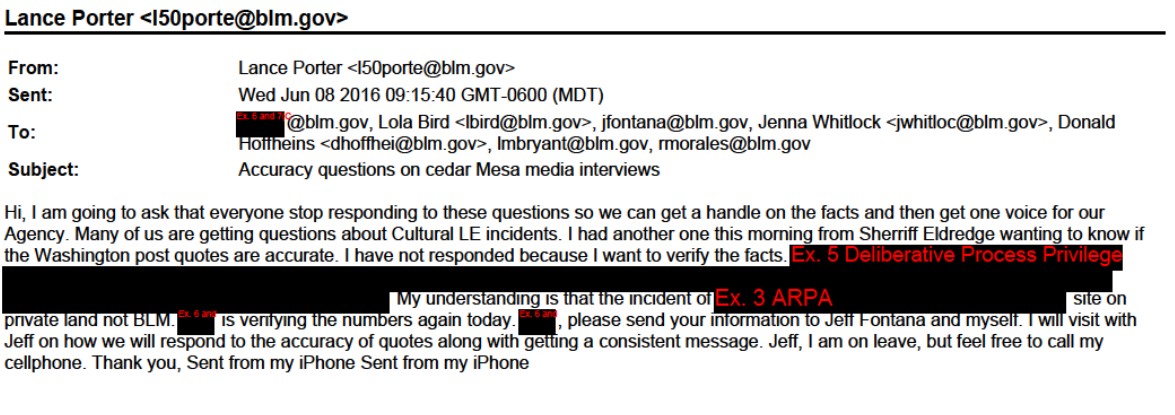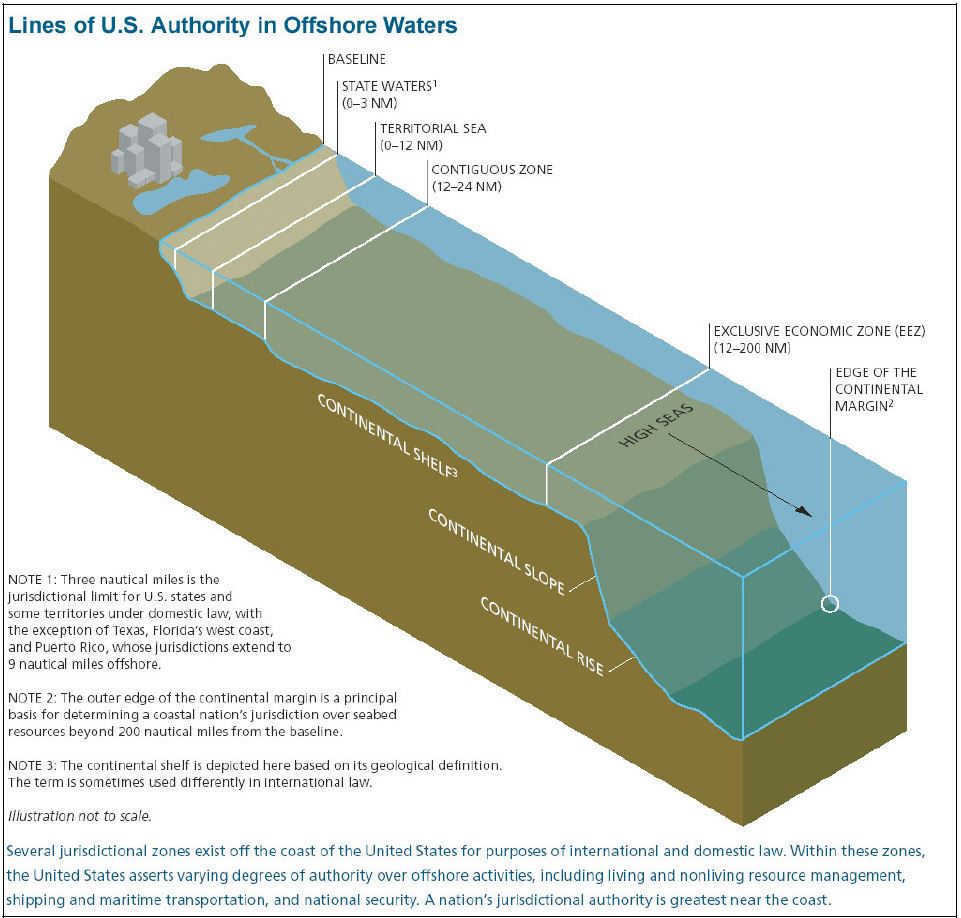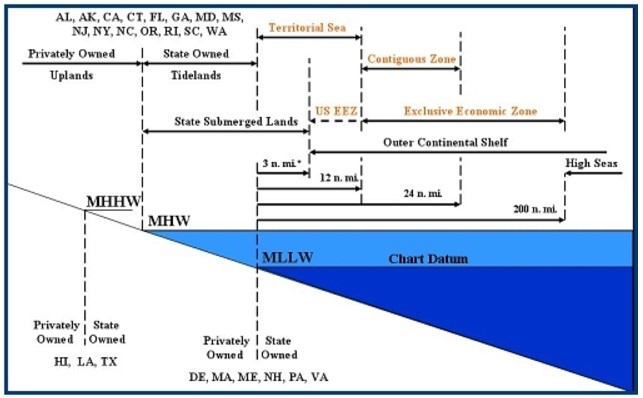In two months, the Supreme Court of the United States has issued two opinions about forfeiture, the set of legal rules by which ownership in seized property is transferred to the State. Civil asset forfeiture is currently much in the news and recent opinions may obliquely portend some broad changes to that area of law, although the rulings do not expressly say so. What the rulings do show is the shocking lack of protections available to property owners whose property is divested through civil forfeiture proceedings compared to when property is divested through criminal forfeiture. In civil forfeiture, owners frequently have lower protections against losing their rights and face higher thresholds to recover their property than convicts whose property is forfeited as part of sentencing for their criminal acts. Injustices arising out of criminal forfeiture, at least, are now under repair. The Supreme Court may now be in a position to address civil forfeiture.
In Honeycutt v. United States, 581 U.S. ___, No. 16-142, slip op. (June 5, 2017), the Court limited the ability of prosecutors to use conspiracy and joint and severable liability doctrines to extend the effects of criminal forfeiture, defined as the statutory power of the “Government to confiscate property derived from or used to facilitate criminal activity.” Honeycutt, slip op. at 3. A hardware store owner sold $400,000 of a product used to make methamphetamine. The owner and his brother were both indicted and the Government sought forfeiture of about $269,000 profit from those sales. As an hourly employee of the store owner, the convicted brother “never obtained tainted property,” Honeycutt, slip op. at 11, but rather had only been paid his wages. The owner pleaded guilty and agreed to forfeit $200,000 as part of the sentence; a jury acquitted the brother of some counts but convicted him on some conspiracy charges; and the government sought to hold him jointly liable for the remaining $69,000 of profit by seeking criminal forfeiture from him. The question, therefore, was whether the applicable statute allows conspiracy-related or joint and several liability for forfeiture judgments against convicted defendants who did not acquire “tainted property.”
The Court answered No. Criminal forfeiture may only be applied in judgment against persons actually convicted of a crime, only to the convicted person’s (and no other person’s) interest in the forfeited property, and only as a judgment arising from the counts on which the defendant was actually convicted. Moreover, the statute at issue limits forfeiture “to the person’s property obtained directly or indirectly as a result of the crime,” and to property “acquired … during the period of the violation” for which there “was no likely source for such property other than” the crime. Honeycutt, slip op. at 4—5, 8. Given those limitations, the Court ruled that
“Congress did not authorize the Government to confiscate substitute property from other defendants or coconspirators; it authorized the Government to confiscate assets only from the defendant who initially acquired the property and who bears responsibility for its dissipation. Permitting the Government to force other co-conspirators to turn over untainted substitute property would allow the Government to circumvent Congress’ carefully constructed statutory scheme….” Honeycutt, slip op. at 9.
The Court ruled that the text of the statute at issue showed Congress had imported some in personam (literally, against the person) aspects into criminal forfeiture sentencing, but had retained the focus on “tainted property” that is included in purely in rem (literally, against the thing) civil forfeiture proceedings. Honeycutt, slip op. at 10.
By requiring some nexus between personal irresponsibility of the owner and the penalty of transferring ownership to the State, criminal forfeiture is more protective of property rights than civil forfeiture. As civil forfeiture law now stands, prior to eliciting evidence in the record of the brother having earned only an hourly wage, the government could have seized property of that value from the brother based on probable cause that it was “related” to a crime (based on evidence from the owner’s guilty plea) and likely forfeited it successfully. At the very least, in that scenario, the burden of proving that the brother had innocently earned the $69,000 would have shifted to the brother before the money was ordered to be returned.
Indeed, civil asset forfeiture requires no nexus between any person’s individual responsibility and a proven crime, but rather only a nexus between the property at issue and a suspected crime. This difference arises out of the distinction between in personam and in rem jurisdiction. In effect, that doctrinal distinction has been carried so far that civil asset forfeiture can divest even innocent owners of property on the basis of mere probable cause to believe property is connected with a suspected crime, even if no crime is ever proved, even if there is not enough evidence to charge anyone with a crime, and even if the property was involved only through a third-party unknown to the owner. Some procedures allow an innocent owner to recover property, but they are expensive and require legal involvement and provide no assurance that the property will be returned.
The injustice that can be worked against criminal defendants by these latter kinds of hurdles were displayed in Nelson v. Colorado, 581 U.S. ___, No. 15-1256, slip op. (April 19, 2017). After conviction, the State of Colorado sets up inmate accounts for defendants, and money they earn in jail is allocated from those accounts to pay costs, fees, and restitution. When convictions are reversed, some defendants can seek refunds under Colorado’s Exoneration Act. But under the Exoneration Act, a defendant must “prove her innocence by clear and convincing evidence….” Nelson, slip op. at 12. The Supreme Court held that the Exoneration Act refund scheme did not comport with procedural due process requirements.
According to the Court, a state “may not presume a person, adjudged guilty of no crime, nonetheless guilty enough for monetary exactions;” instead, “[t]o comport with due process, a State may not impose anything more than minimal procedures on the refund of exactions dependent upon a conviction subsequently invalidated.” Nelson, slip op. at 7, 10. But to most outside observers, that is exactly what often happens in civil asset forfeiture. In civil forfeiture, no crime need be proved or even charged against the owner or, indeed, anyone else. In fact, the guilt or innocence of the owner whose property is forfeited is irrelevant to an underlying civil forfeiture action, and a separate action or affirmative defense of remission or other mitigation must be initiated by an innocent owner.
If the Court’s limitation to nothing “more than minimal procedures” for a wrongfully convicted defendant to recoup criminal exactions is correct, then why should anyone, particularly an innocent owner in a civil asset forfeiture matter where no crime need be proved, still be required to participate in any action, even civil, where they might have to show by a preponderance or higher burden that they were innocent or otherwise entitled to maintain their property? The situation is even more egregious where civilly forfeited property was used by someone else without the owner’s knowledge. The Supreme Court’s work in reforming the law governing forfeiture is only half done, at best.
Mike Geske is counsel at Cause of Action Institute




